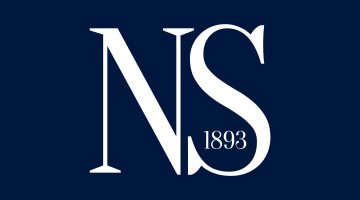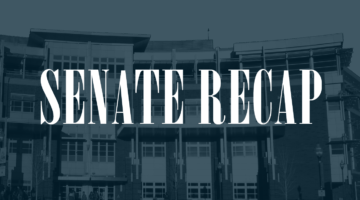
For students, there are few things as important as financial aid. With full class loads, friends, jobs and internships to worry about, the cost of tuition is the last thing a student should stress over. Imagine if there was a way to get free money towards your education, you would take it right? There is a way, the federal government awards more than $120 billion in federal grants, loans, and work-study funds each year to more than 13 million students.
The application is free, and takes less than an hour to complete—maybe 30 minutes if you’re fast—yet according to the U.S. Department of Education around 20 percent of undergraduate students fail to fill out the application every year. While there are many reasons a student may choose not to fill out the Free Application for Federal Student Aid (FAFSA) form, many believe they won’t qualify for aid or aren’t sure what type of aid is available.
In Nevada, the deadline to apply for 2018-2019 financial aid is on Feb. 1. While the federal deadline for FAFSA is June 30, UNR students must complete the form by Feb. 1 to be eligible for aid. Awards are made until allocated funds are depleted, so it is recommended that students complete the form as soon as possible.
If you haven’t filled out FAFSA yet, you’ve come to the right place.
This is News You Can Use with a guide to Federal Student Aid.
How to apply
FAFSA is a free, online application available to all students. If you don’t already have one, you’ll be asked to create a FAFSA ID, along with your parents. After signing in you will be guided through the application process. The first half of the application contains easy-to-answer general questions, but for the second half—the financial section—it might be best to sit down with your parents, or have tax information ready.
Here is most of the information you will need: your most recent tax return forms (1040 etc), W-2s, and other records of income earned, current statements from bank accounts—including checking and savings, current statements for any investments such as stocks or mutual funds, records of assets, your Social Security number, and your driver’s license.
Recently, FAFSA added an IRS Data retrieval tool that makes the financial portion of the form even easier to fill out. The tool, as its name suggests, can pull most of the information it needs directly from your taxes.
Just remember: DO NOT, under any circumstances, under-report or omit assets or income. Lying on the FAFSA is fraud and you will not only have to repay every federal financial aid dollar you receive, you (and your parents) could be subject to significant fines and a prison sentence.
Types of aid
Federal student aid includes three different kinds of financial help: grants, low-interest loans, and work-study funds (a part-time job on or near campus). Financial aid covers expenses like tuition and fees, room and board, books and supplies, and transportation. Aid also can help pay for other related expenses, such as a computer and dependent care. Along with these financial benefits the federal government also provides aid for serving in the military or for being the child or spouse of a veteran and tax benefits for education.
Why should you apply?
If you don’t fill out FAFSA, you will not only be missing out on financial aid from the government but also state and University specific scholarships.
There are many common myths about FAFSA that may stop a student from submitting the form. One misconception is that if your parents make too much money, you won’t qualify for aid. The reality is there is no income cut-off to receive aid. Factors like family size and your year in school are also taken into account. Even if you do not qualify for low-income aid like the Pell Grant, not filling out the form can mean your college or university may not even consider you for any of their scholarships (including academic scholarships). It is better not to assume what aid you qualify for, just fill out the form and find out.
It’s also important to make sure you submit the form every year because things can change. Your school or state might create a new grant or scholarship, or the factors used to calculate your aid could change from one year to the next. If you’re a returning user, the form takes even less time because most of your information is saved.
Graduate and Undergraduate Scholarship Application
Conveniently for students, another important form is due on the same date as FAFSA, the Graduate & Undergraduate Scholarship Application. This form, which can be found under the Supplemental Forms tab in MyNevada, is equally as important as FAFSA. Think of it as one application for hundreds of scholarships, including scholarships specific to your major. This form takes more time to complete than FAFSA, because of four short answer questions students must complete. The time commitment is more than worth it, though, how could you say no to the chance for more money?
Now that you are equipped with all the financial aid information you need to know, nothing is holding you back from submitting that application! Remember the deadline is right around the corner: Feb. 1. Best of luck in your quest for tuition money.
Emily Fisher can be reached at efisher@sagebrush.unr.edu and on Twitter @NevadaSagebrush.










